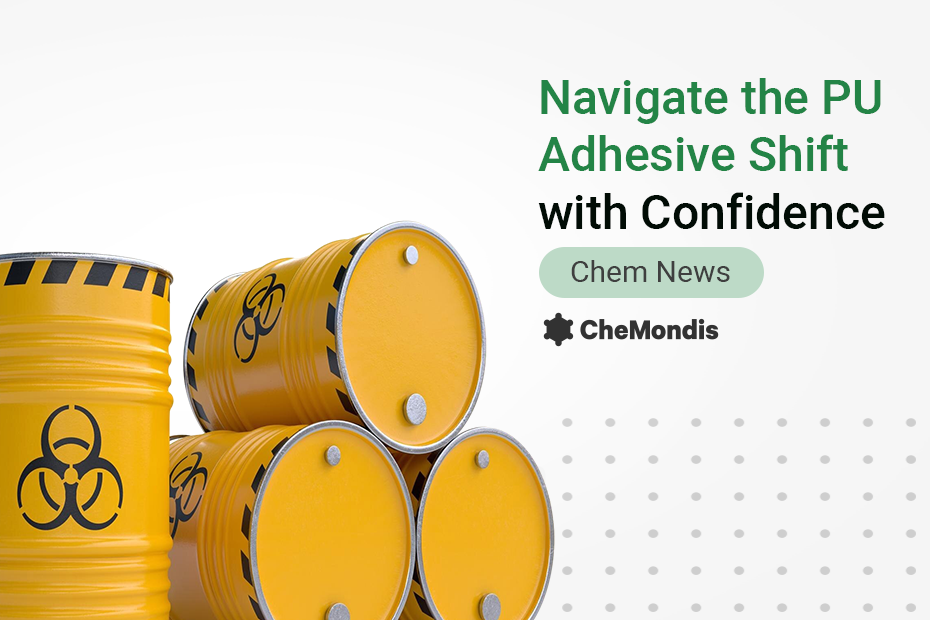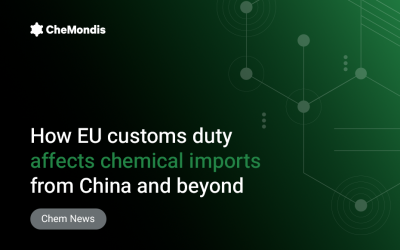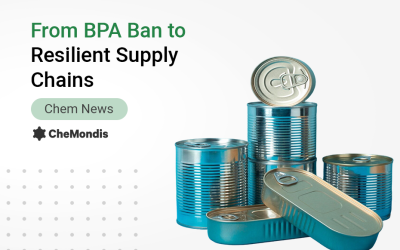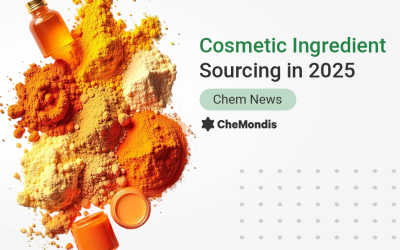Sourcing Compliant PU Adhesives Under EU Diisocyanate Restriction
For European chemical buyers and suppliers, the EU diisocyanate restriction under REACH. It took effect in August 2023, has reshaped the adhesives landscape. Companies that relied on polyurethane (PU) adhesives have already decided. Whether to invest in ongoing employee training to stay compliant or to transition to safer, isocyanate-free alternatives.
While many large players acted early, a surprising number of small and mid-sized businesses are still catching up, managing compliance, optimizing their sourcing, and exploring better-performing options. This article takes stock of how the industry has shifted since 2023 and what buyers should know about today’s alternatives and innovations in safer adhesive formulations.
The EU Diisocyanate Restriction and Why It Matters
The EU’s REACH restriction, effective August 24, 2023, mandates training for handling adhesives with more than 0.1% diisocyanates. The rule was introduced for good reason because diisocyanate chemicals, found in PU foams and adhesives. That can cause skin irritation, allergies, and even occupational asthma. In fact, over 5,000 cases of work-related illness from diisocyanate exposure were reported in Europe in a single year.
To curb these hazards, the EU now requires that any industrial or professional use of products containing more than 0.1% diisocyanates by weight must come with comprehensive training and certification for the workers involved. This training is not a one-time box to tick. It must be renewed at least every five years and conducted by qualified experts.
For European companies relying on PU adhesives, the implications are immediate. You can still use your go-to adhesive, but not without investing time and resources into employee training and compliance documentation. The rule has impacted many industries, from automotive to construction, where PU adhesives are common.
Exploring Alternatives to PU Adhesives
As companies move away from traditional polyurethane adhesives, a growing range of safer, isocyanate-free formulations has emerged. Some are well-established and others are more innovative. Epoxy adhesives remain a go-to for high-strength structural bonding, offering durability and excellent impact resistance, though they require careful mixing and have a set working time.
Acrylic adhesives, often methyl methacrylates, are prized for fast curing, strong bonds on metals and plastics, and the ability to join dissimilar materials without primer, making them a versatile alternative. Cyanoacrylates, or “super glues,” have also evolved with tougher, odorless variants that are more resilient and workplace-friendly, well-suited for quick, mid-strength bonds. Silane-modified polymers (SMPs) combine the elasticity of silicones with the strength of polyurethanes in a paintable, solvent-free, moisture-curing formulation that is ideal for construction and automotive applications.
Finally, bio-based adhesives derived from renewable materials like starch, lignin, or vegetable oils are gaining traction for lightweight, non-structural uses and appeal to sustainability goals, though they are not yet as strong as synthetic alternatives. Each formulation has trade-offs, but the key takeaway is this: sourcing adhesives that comply with the EU diisocyanate restriction no longer means compromising on performance.
Why Sourcing Feels Complicated
Switching products is one thing. Finding the right supplier, ensuring compliance documentation, and coordinating across regions, that’s where complexity often slows teams down.
Even buyers who know what alternatives they want often find themselves limited to a handful of familiar suppliers. But there are often many more suitable options available; they’re just harder to find or vet.
Embracing Change and Staying Ahead
Nearly two years after the EU diisocyanate restriction came into force, the adhesive market has moved, but not everyone has fully caught up. Buyers who adapted early have already reaped the benefits of safer, more innovative adhesives, while others are still navigating the transition or fine-tuning their sourcing strategies. What hasn’t changed is the complexity: finding the right product, ensuring it’s truly compliant, and uncovering all your supplier options still takes time and expertise.
CheMondis combines digital tools with hands-on support to help you stay ahead, bringing you not just the three suppliers you know, but the twenty-two you didn’t know you were missing. Explore how we can help you close the gap between regulatory compliance and competitive advantage, without sacrificing performance or peace of mind.
Sources:
- European Chemicals Agency (ECHA)
- FEICA – Association of the European Adhesive & Sealant Industry
- European Commission – Occupational Safety Reports




